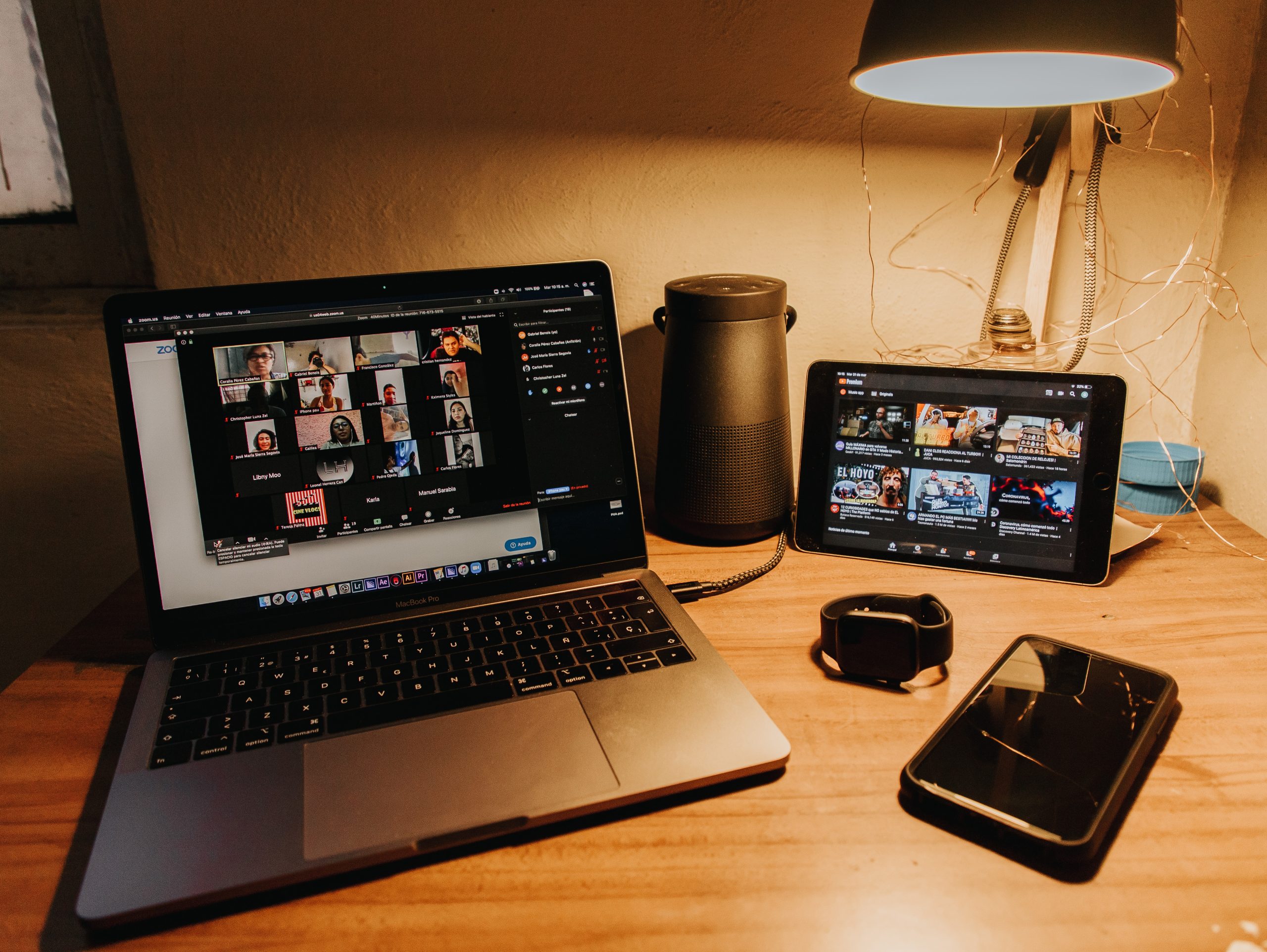Introduction
Remote work is no longer a trend—it’s the new normal in 2025. Millions of professionals have swapped office desks for home offices, coffee shops, and co-working spaces. This shift offers flexibility and freedom but also brings new challenges. Balancing work and personal life, staying productive without an in-person team around, and navigating technology hurdles can feel daunting. Yet with the right mindset, clear routines, and effective remote work tools, anyone can thrive outside the traditional office. In this article, we explore how to navigate the new normal of remote work. You’ll learn what remote work really means, why it matters, which tools to use, productivity strategies, ways to overcome common obstacles, and the latest remote work trends shaping 2025. Let’s dive into the future of work from anywhere.
What Is Remote Work?
Remote work, also called work from home, means performing your job outside a traditional office. Thanks to cloud services, fast broadband, and mobile devices, teams connect from different cities and countries as easily as in the same building. Instead of commuting, remote workers log in from Home Desks, living rooms, or even beachside retreats. The core idea is that productivity, not location, defines a working day. Companies set clear goals and deadlines, and employees choose the environment where they work best. This model fits roles from customer service and software development to marketing and consulting. As long as tasks are completed and outcomes achieved, employees gain freedom, and businesses save on real estate costs.
Why Has It Become the New Normal?

Remote work means doing your job from somewhere other than a traditional office. This could be your home, a coffee shop, or even a shared workspace. Thanks to the internet, many jobs no longer need workers to be in the same place.
Since 2020, more companies have discovered that employees can work well from home. In 2025, this has become a normal part of many industries, from tech to education and marketing. Some businesses are fully remote, while others use hybrid models where people split time between home and the office.
This shift has changed how people work and live. Employees enjoy more control over their schedules. They can avoid long commutes, spend more time with family, and work in a way that suits them.
Why Remote Work Matters in 2025
By 2025, companies see remote work as a competitive advantage. Hiring talent from anywhere broadens candidate pools and fosters diverse teams. Employees gain better work-life balance, reducing stress and boosting happiness. Studies show remote teams often outperform on-site teams when given the right remote work tools and support. Environmentally, fewer commutes cut emissions and traffic congestion. The global pandemic accelerated this shift, proving that operations can continue smoothly from afar. In a talent-driven market, offering work from home options helps businesses attract and retain top performers. Remote work also lowers overhead—no more paying for large office spaces or daily utilities, freeing funds for training and innovation.
Benefits of Remote Work in 2025

Working from home or remotely brings many benefits. One of the biggest is flexibility. People can often choose when and where they work, which helps them build a better daily routine.
Remote work also saves time. Without commuting, people have more hours in their day to rest, exercise, or enjoy hobbies. This leads to better mental health and less stress.
It also helps employees work in ways that suit them best. Some people are more focused in quiet spaces, while others feel more creative in cozy environments.
For companies, remote work lowers costs. They spend less on rent, electricity, and office supplies. It also allows them to hire people from different cities or countries, which opens the door to a wider talent pool.
Most importantly, remote work gives people more balance. They can stay close to their families and still grow their careers. It also encourages self-care, like taking breaks or going for walks, which boosts focus and energy.
Essential Remote Work Tools
Successful remote teams rely on reliable remote work tools. Here are the must-haves for 2025:
| Tool Category | Example Tools | Purpose |
|---|---|---|
| Video Conferencing | Zoom, Microsoft Teams, Google Meet | Face-to-face meetings, webinars |
| Project Management | Asana, Trello, ClickUp | Task tracking, deadlines, team workflows |
| Team Communication | Slack, Discord, Microsoft Teams | Chat channels, quick updates |
| Cloud Storage & Sharing | Google Drive, Dropbox, OneDrive | File access, version history |
| Time Tracking & Focus | Toggl, RescueTime, Forest | Productivity analytics, focus sessions |
| VPN & Security | NordVPN, ExpressVPN | Secure connections on public networks |
These remote work tools keep teams connected, organized, and secure, no matter where each member logs in.
How to Boost Remote Work Productivity

Remote work productivity thrives on structure and focus. Start by designing a home office setup that minimizes distractions. Choose a quiet corner, add good lighting, and invest in an ergonomic chair. Next, set clear working hours and share them with colleagues to manage expectations.
Use time-blocking: assign specific slots for deep work, email, and meetings. Tools like Google Calendar or Microsoft Outlook with AI suggestions help you avoid double-booking and give you breathing room between calls.
Adopt the Pomodoro Technique—25 minutes of focused work, followed by a five-minute break. Short breaks prevent burnout and keep your mind fresh. During breaks, stretch or take a quick walk to boost circulation.
Limit multitasking by tackling one task at a time. Check messages on a fixed schedule—perhaps once an hour—rather than continuously. This reduces context switching and improves concentration.
Finally, conduct daily check-ins or stand-ups via video call. Sharing accomplishments and obstacles keeps everyone aligned and motivated. With these practices, your remote days become more productive and rewarding.
Overcoming Common Remote Work Challenges
Working remotely brings unique hurdles. Isolation is one of the toughest: without casual office chats, you may miss human connection. Combat this by scheduling virtual coffee breaks or joining online interest groups. Co-working spaces can also offer community when you need a change of scene.
Communication gaps can arise if messages get lost in chat threads or emails. Always confirm key points in a shared document or quick video message. Use channels for different topics—project updates in one channel, social chat in another—to keep information organized.
Work–life blur is another pitfall. Your laptop in the living room may tempt you to check work emails after dinner. Set physical or mental “end-of-day” rituals: close your laptop, take a short walk, or enjoy a hobby. Use Do Not Disturb settings on apps to switch off work notifications outside set hours.
Finally, technology glitches can disrupt meetings. Keep a second device or mobile hotspot ready for backup internet. Regularly update your software and test your audio and video before important calls. A little preparation keeps your remote work running smoothly.
How to Create a Healthy and Productive Remote Work Routine

Having a strong remote work routine keeps you focused and healthy. It helps you finish work on time and still enjoy your free hours.
Start by setting regular work hours. This builds a habit and helps your brain shift into work mode.
This small step boosts your focus.
Create a workspace that’s quiet and tidy. Even a small table or desk can become your work zone.
Evolving Remote Work Trends in 2025
As we settle into the new normal, several remote work trends are gaining momentum:
- Hybrid Models: Many companies adopt hybrid schedules, with some days in-office and others remote. This balances collaboration and flexibility.
- Co-Living and Co-Working: Shared housing and workspaces geared toward digital nomads and remote teams continue to rise globally.
- AI-Powered Assistants: AI bots schedule meetings, summarize calls, and draft emails, freeing human time for creative tasks.
- Wellness Programs: Virtual fitness classes, mental health apps, and ergonomic consultations become standard benefits.
- Global Payroll Solutions: Platforms like Deel and Remote simplify international hiring and compliance, opening talent markets worldwide.
By 2025, remote work is not a temporary fix but a permanent, evolving ecosystem shaped by technology and human needs.
How to Build a Sustainable Remote Work Culture

A strong remote culture keeps teams engaged and productive. Start with regular virtual gatherings—team lunches, game nights, or brainstorming sessions. These non-work interactions foster trust and camaraderie.
Implement a clear communication policy: define response times, channel uses, and document-sharing norms. Encourage transparency by sharing company news and project updates openly.
Offer professional development opportunities—online courses, mentorship programs, and skill-building workshops. Recognizing achievements and providing feedback helps team members feel valued and invested.
Promote work–life balance through policies that limit after-hours emails and encourage vacation time. Lead by example: managers should model healthy boundaries.
Finally, gather feedback via anonymous surveys to gauge team sentiment and improve processes. A supportive remote culture boosts morale, reduces turnover, and drives long-term success.
Conclusion
Remote work has truly become the new normal in 2025. By mastering the right remote work tools, boosting Remote Work Productivity, and overcoming challenges, teams thrive outside traditional offices. Embrace evolving trends—from hybrid models to AI assistants—and foster a strong, sustainable remote culture. Remember to set clear routines, maintain open communication, and balance work with life. With these strategies and tools in hand, you’re ready to navigate the future of work. The world is your office—step into the new era of remote success.
Call-to-Action: Ready to excel at remote work? Try one new tool or habit from this guide this week and share your experience with #RemoteNewNormal to inspire your peers!










